- entrepreneurship
- products
- growth
How to improve the SEO and user experience of your website by analyzing metrics
By@devictoribero,.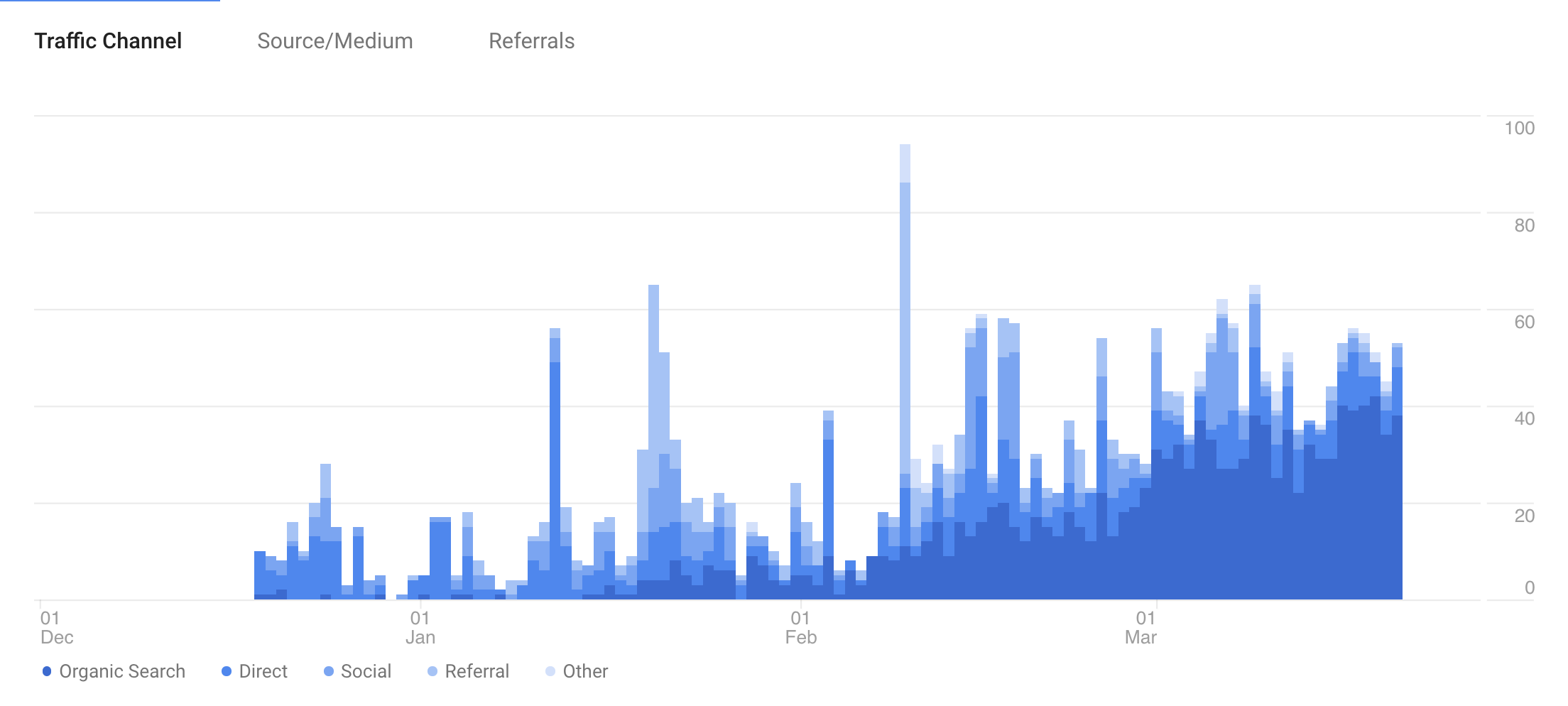
If you have a blog or a community I guess you've asked yourself how possibly you can reach more people and get traction. Well, I'm going to explain to you what metrics I use to improve ChooseYourPlant, the worldwide community for houseplant lovers I'm building, and how these metrics can help you.
You can reach more people in 2 different ways. Either you pay ads (I don't like this idea because it's not sustainable if you're not monetizing your site), or you expose yourself to people by ranking better than other sites on Google or other Search Engines. We'll talk about the second one which is good for the long term and gives us information about how well we're doing.
🤔 Why is important to know better your users ?
As much as you know about your users the better because it's going to help you to:
- Optimize SEO keywords.
- Prioritize the type of content they like. It depends on their age, in what region they live, etc.
- Optimize the user interface and user experience based on how they access information, context, device, browser, etc.
- Optimize money in case you run ads because you can target better.
- Reduce the time of development because you'll target specific resolutions and browsers.

🌎 Where are the users from?
It will be easier for you to go niche and optimize resources, create more relevant content for your users, and save energy and time if you know where your users are from. To improve ChooseYourPlant fast, it's important to know which are the hot areas around the world for many reasons:
- I can modify the current content in order to optimize the SEO keywords for those regions.
- I will create specific content for those areas (plants are kinda international, but not all the plants are found around the world because of shipping policies). I won't waste time anymore creating content that is not relevant for these regions I identified as hot areas.
- I can reach shops in these areas in order to get presence, discounts and/or sponsorships. These shops are the ones relevant to my users because of proximity.
If you want to know where are your users from going to your Google Analytics account > Audience > Geo > Location. You'll see a colored map with many intensities that represents the number of people who access your website:
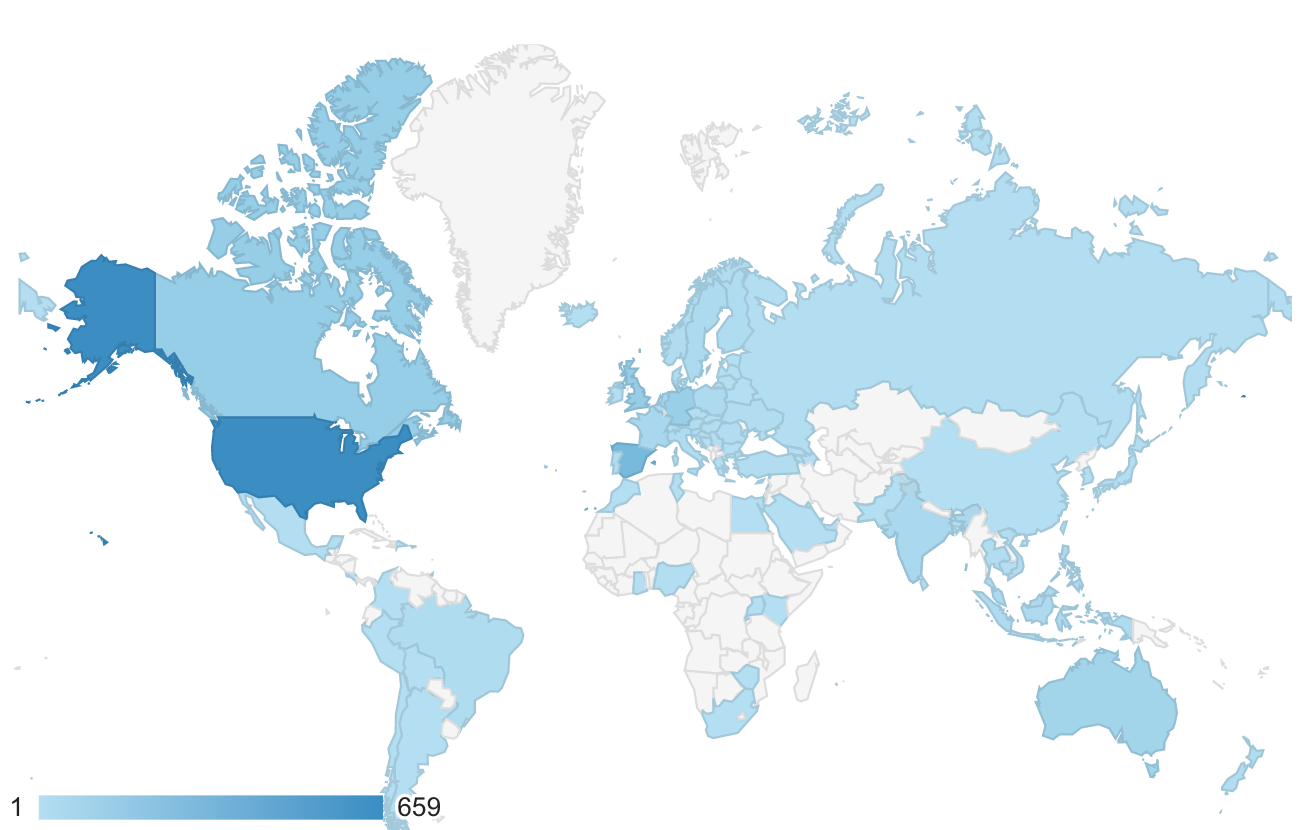
As you can see the people who come to my site are from the United States. This is useful in order to optimize our keywords because they use different words than the United Kingdom even though both speak English.
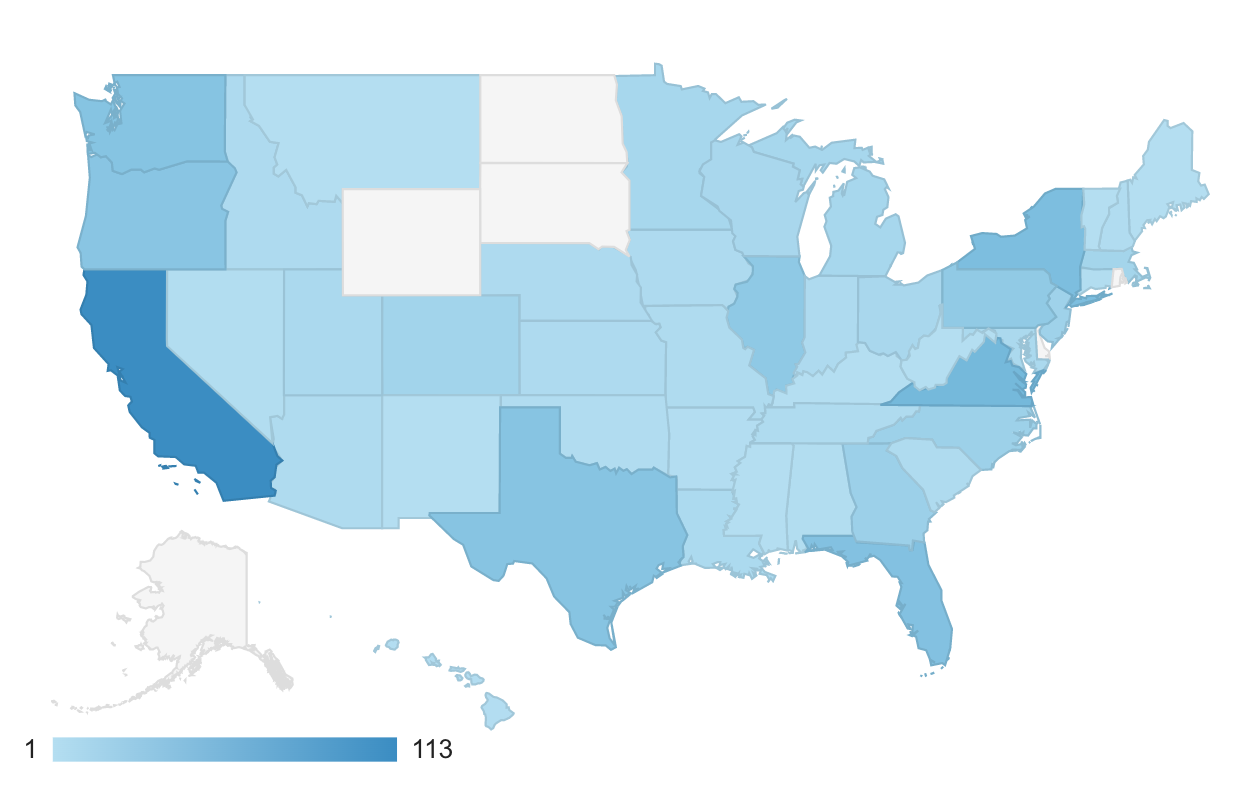
Again, Knowing what states are the most common is good, but wouldn't it be good to know which are the most relevant cities so we can go more niche? Let's see.
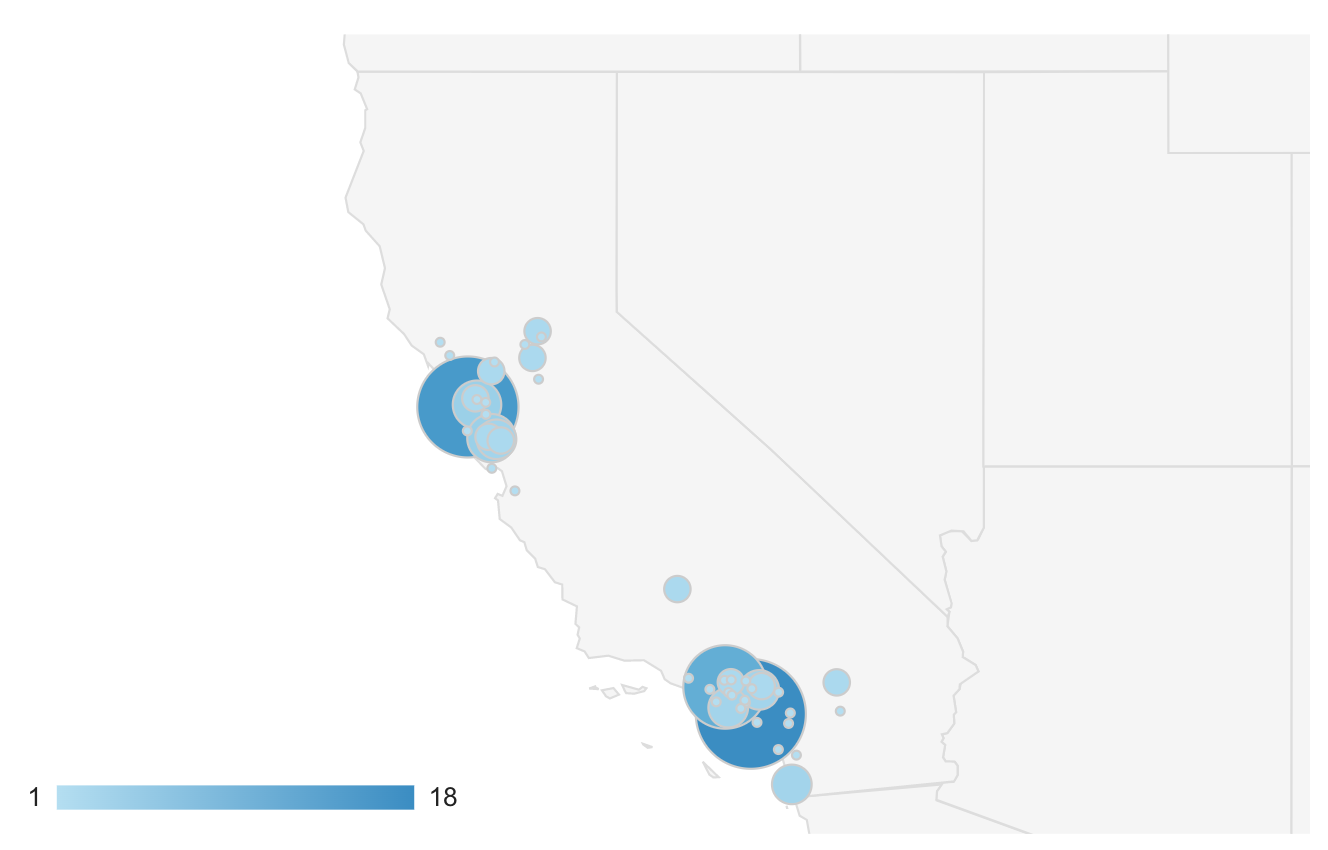
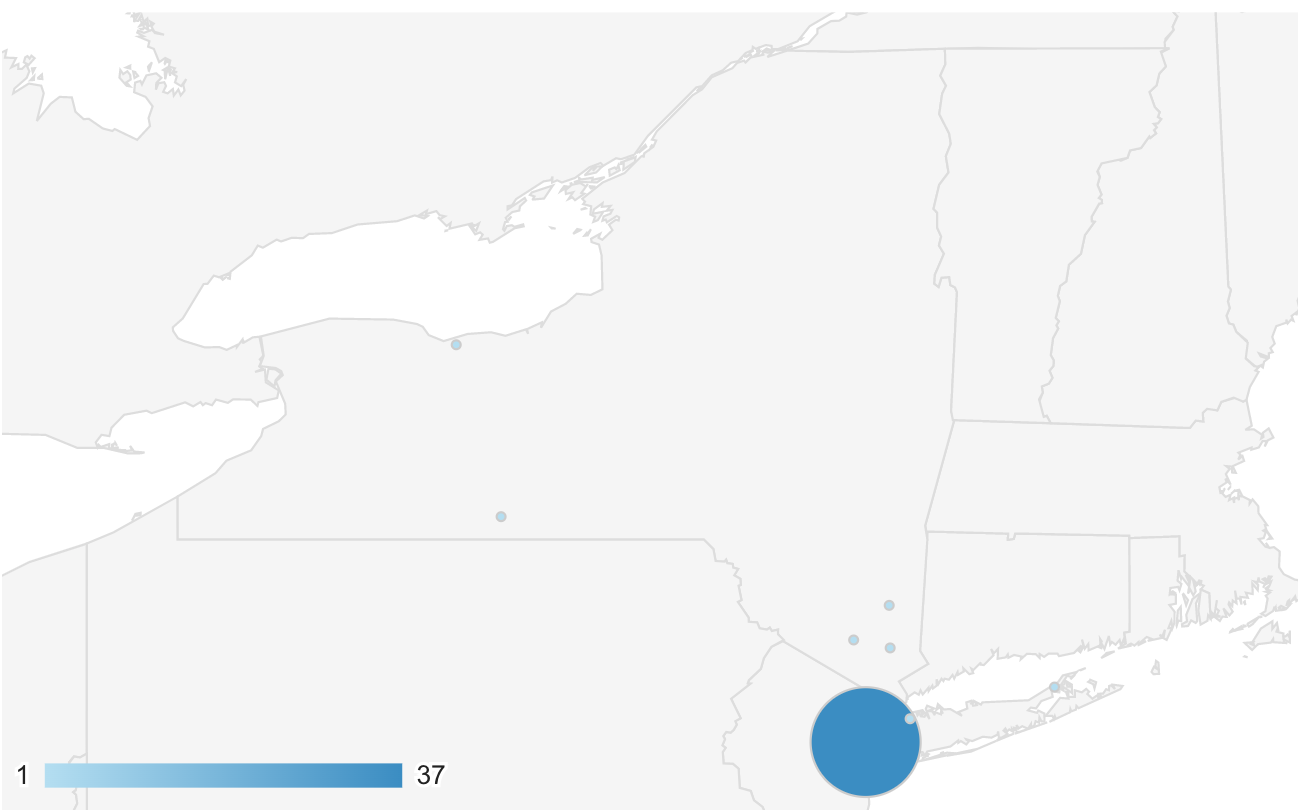
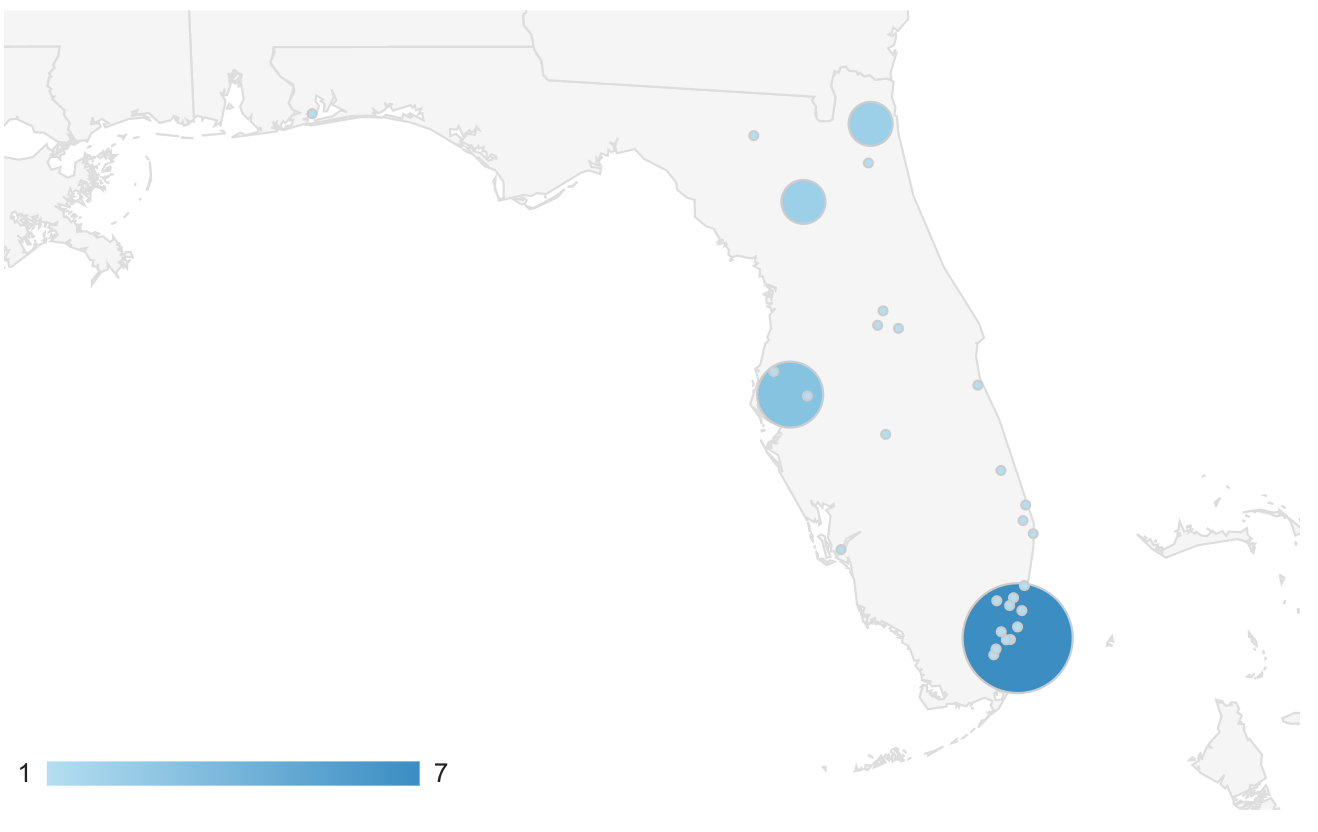
Now that I know from which cities are the people from, I can optimize how I spend my time because:
- I can target specific SEO keywords
- I can create relevant content for these people
- I can focus on contacting shops that are nearby these users
- In case I wanted to pay ads, I can limit them to those cities so I would be optimizing money.
📱 What do people use to access my site?
Understanding where my users are from is good but it's not enough. I must understand what device, connection, and browser they're using while they are on my site so:
- I can Improve web performance for those devices and connections.
- I design for those resolutions (if something is not perfect in a resolution that no one uses, I should fix it, but it's not the most important thing).
- I can save time not prioritizing bugs or browser compatibilities for these browsers that are almost not used.
- Improve the user experience for their devices.
To see all these metrics in Google Analytics click the Audience tab > mobile Overview.

The image above shows us that most ChooseYourPlant users use mobile devices, so I should focus on improving my design and optimization for mobile devices rather than desktop computers. So from now on:
- I will give more importance to user interfaces and user experiences for mobile devices than for desktop computers.
- Web performance is important (on a mobile screen not all content is visible at first, so you shouldn't load this content).
This improves the user experience and will save data for the user > faster uploads > easier to track > better ranking.
On the other hand, knowing what browser the people use, will help us to prioritize bugs, improve the QA and overall, will give us speed on the development process. You can see what browser your users are using on the Audience tab > Technology > Browser & OS.
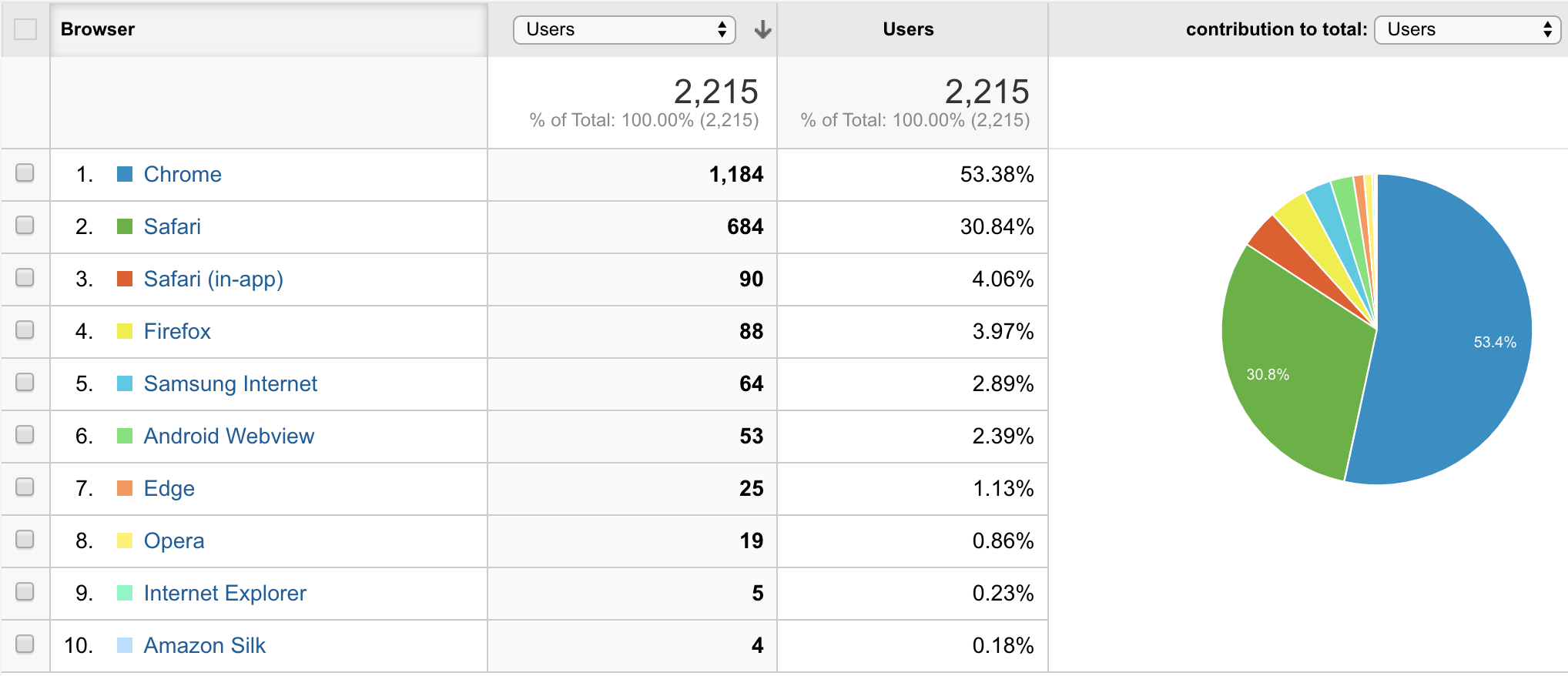
As you can see, the majority of the people that visit ChooseYourPlant are using Chrome, although Safari is the second most used. I must prioritize Chrome > Safari. I shouldn't invest time in fixing small-medium bugs on Firefox If I want to optimize my time because it represents only 3.9% of the users.
👧 What is the profile of the users
You can optimize your keywords and content to have better SEO and rank better on search engines if you know the profile of the user who is visiting your site. How old are they? Are they male or female? This will help you because of a 25 years old person searches and consume information in a big different way than a 60years old.
Discover how old are your users by going to the Audience tab > Demographics > Age
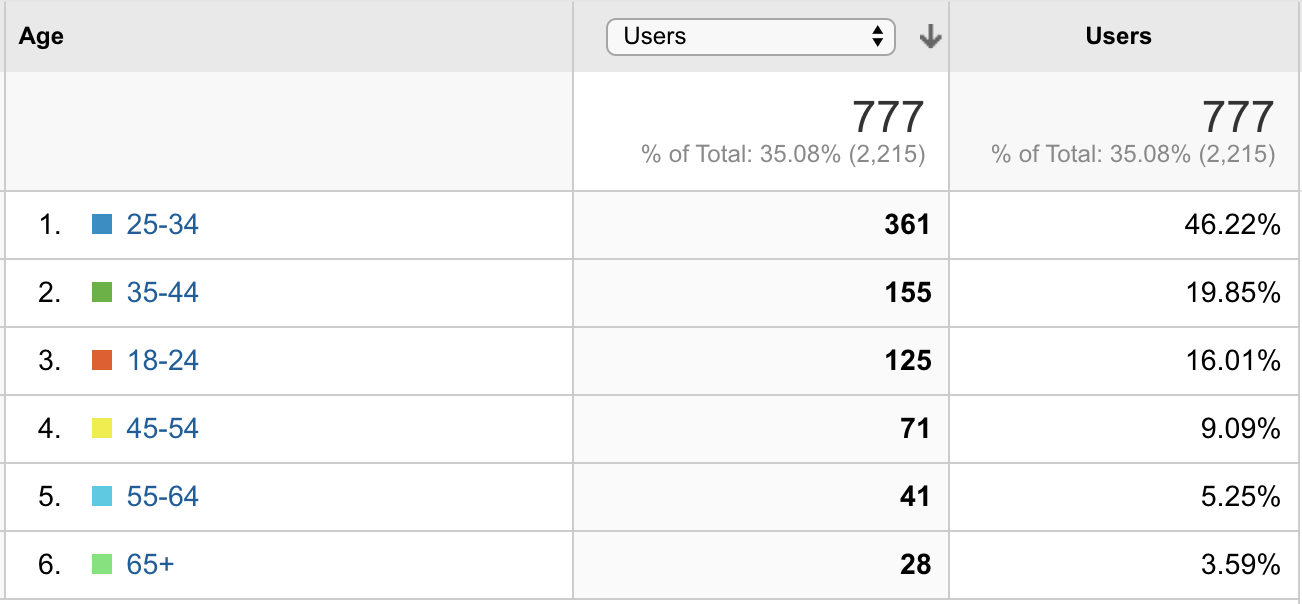

💬 Results
Since I profiled the people who use ChooseYourPlant and I started to apply some of the actions, the organic growth and exposure in Google have grown significantly as you can see:
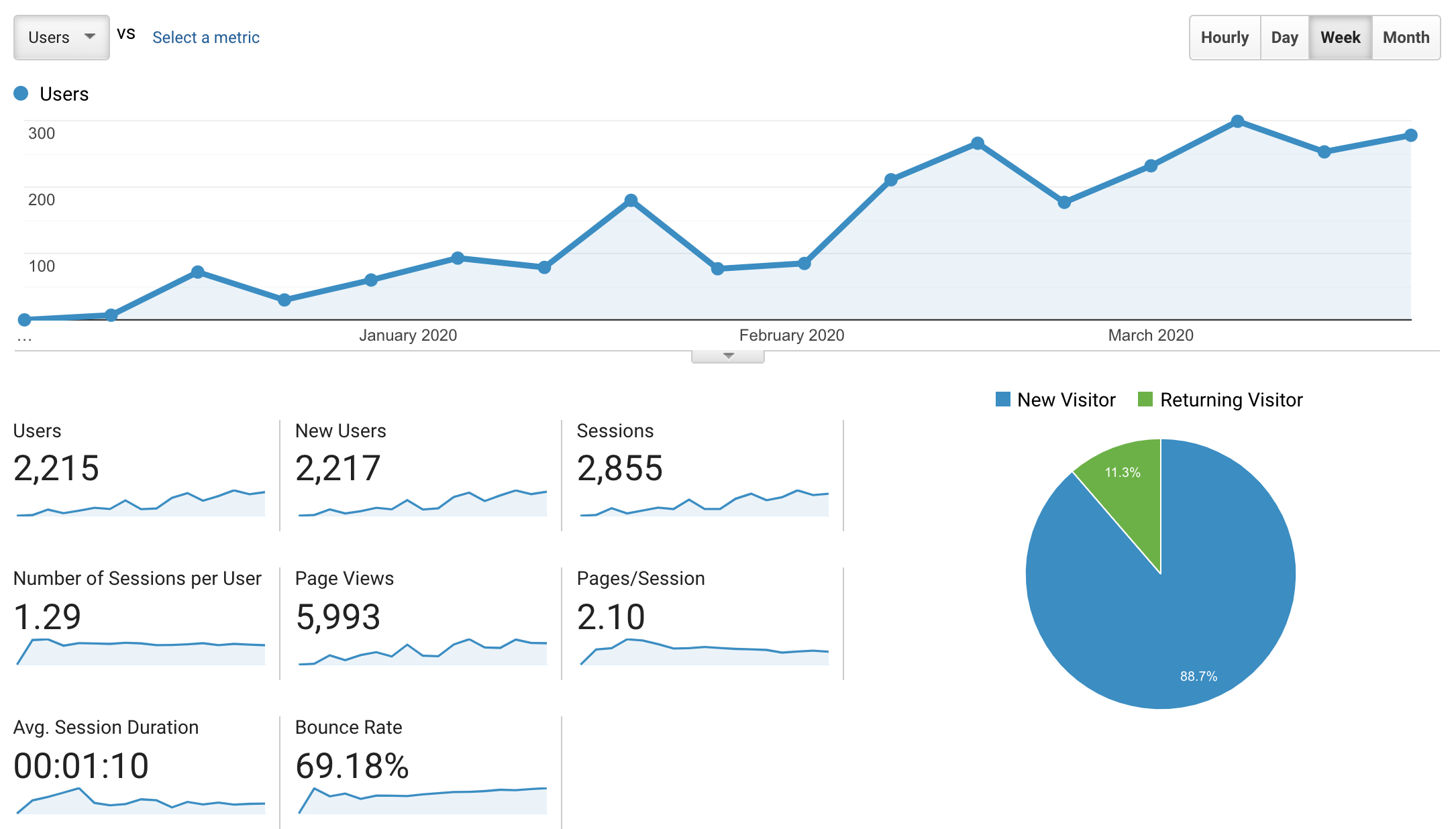
📑 Conclusions
After analyzing some data, now I know that the majority of my users are people 25-34 years old from the United States of America. In particular, they are from Los Angeles, San Francisco, Portland, New York, and Miami. They use chrome and Safari through their phones.
As commented at first, this helps me to go niche because:
- I can create content that is relevant for those areas
- I can expose my content with keywords according to their register and how they search
- Add features that could interest this profile
- Find shops nearby them
- Optimize my time of development to mobile Chrome/Safari, the other can wait.
- In the case of running ads, I can optimize the money so much.
Namasté 🙏,